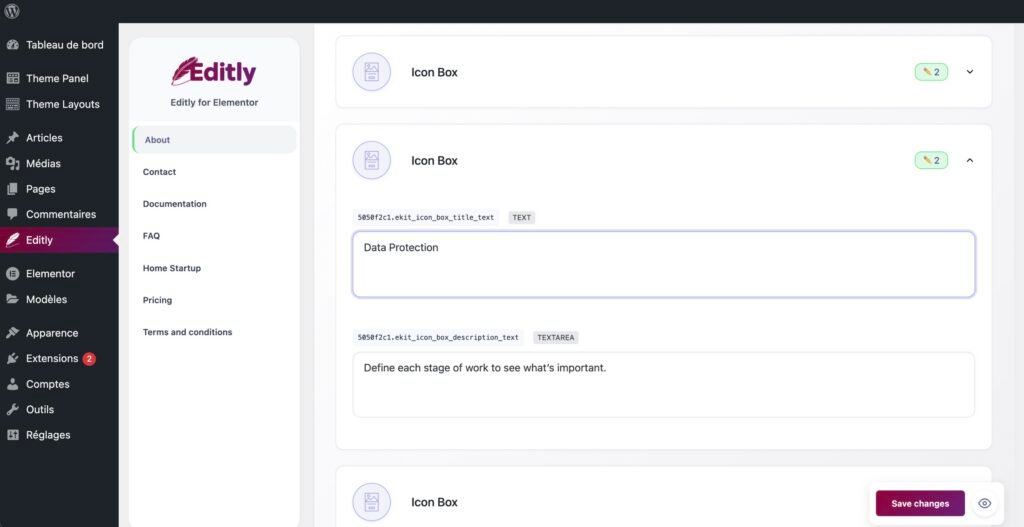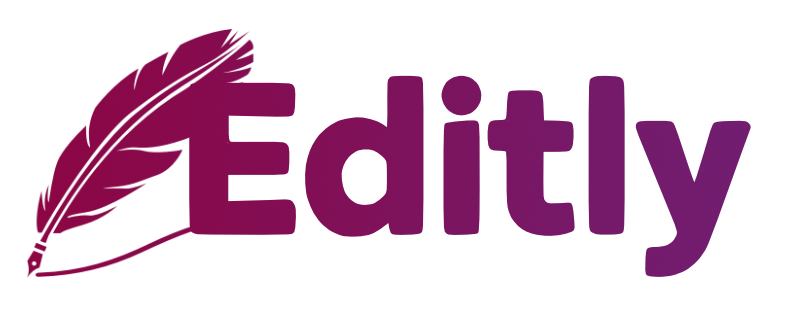The safest way to delegate text edits on Elementor websites
When you build websites for clients using Elementor, there’s always that moment. The site is live, everything is beautifully aligned, responsive, and styled to the pixel. And then it begins—the trickle of content change requests. A sentence to update. A product name to tweak. A date that needs to change. It’s normal. But when each request forces you to re-open Elementor, re-save a layout, re-check the mobile view… that’s time lost. Multiply that by five clients, and your week starts to vanish.
So you might think: “Why not let them edit the content themselves?” It makes sense. After all, your client should be able to manage their own words. But here’s the problem—Elementor is not made for clients. At least not the non-technical ones. Even with restricted roles, one wrong move in the builder and the layout you carefully crafted can go sideways. Literally.
The real challenge is this: How can you delegate content editing to clients without exposing your layouts to damage? Let’s look at the options that exist—and why one of them stands out as a clear winner.
Option 1: Do-it-yourself fields (ACF, Metabox, CPTs…)
Some developers set up custom field systems to isolate text from layout. Using Advanced Custom Fields (ACF), for example, you can define editable zones for your client, then use Elementor’s dynamic content feature to pull in the values. It works. It’s structured. And it keeps clients out of the visual builder completely.
But let’s be honest—it also takes time. Lots of it. Planning field groups, configuring templates, testing outputs. And when the client wants to change the layout or add a new section with editable text, you need to go back in and code some more. It’s efficient at scale, but heavy for small projects or solo freelancers.

And more importantly—it’s not for everyone. If your client isn’t familiar with the admin area, even ACF can be intimidating. Especially when all they wanted was to fix a typo.
Why the “send me the text” method is costing you more than time
If you’re not using custom fields, you’re probably doing what most freelancers and agencies still do: they ask the client to “just send over the updated text.” You copy, paste, save, clear cache, re-check the page. Rinse and repeat. It feels small. But it’s not.
This workflow creates three invisible drains:
- Time loss: you handle micro-tasks that interrupt your schedule.
- Opportunity loss: every minute you spend changing a price or fixing a heading is a minute you’re not pitching, delivering, or improving your offering.
- Perception risk: clients feel dependent. And when small updates take time, they may assume you’re slow or not proactive—even if it’s not true.
It also creates frustration on their end. If they need to update content in the evening before a promotion, they can’t. They wait for you. They email again. It’s a bottleneck disguised as “client support.”
What if your client could safely edit content—without Elementor at all?
That’s where Editly changes the game. Instead of sending clients into the builder (or keeping them out completely), Editly gives them a new panel in the WordPress admin: “Texts.” This panel lists all Elementor pages, and inside each one, every bit of text content is parsed and editable—natively.

Editly lets you update Elementor widget text directly from the WordPress backend — ensuring simplicity and safety.
It’s like giving your client a mini CMS inside WordPress, focused only on the content they need to touch. They can’t drag, delete, or shift layouts. They just edit the text, hit save, and the change is instantly live. No Elementor interface. No design risk. No support ticket.
Delegation without risk = higher ROI, better client relationships
Let’s be blunt. If you’re an agency or a freelance developer, your real value doesn’t lie in fixing typos. Your value lies in building, delivering, and scaling. When you remove yourself from low-impact tasks like text edits, you gain:
- ⏱️ More billable time to invest in high-value projects
- 💬 Fewer support emails about “just this word to change”
- 💡 Better client perception: you’re the expert who empowers, not the gatekeeper who delays
It also becomes a powerful upsell. Include Editly in your care plans. Show clients during handover that they can manage their content freely—but safely. It adds real value—and distinguishes you from those who still say “just email me the changes.”
Use case: the urgent client edit at 10pm
Picture this: Your client runs a seasonal promo. At 9:45pm, they notice a typo in the campaign headline. Normally, they’d message you, wait until the next morning, and hope you can fix it in time. But with Editly, they log in, find the page, edit the sentence, and it’s fixed in 30 seconds.
They feel empowered. You sleep peacefully. Everyone wins.
The safest path forward
Delegating text editing doesn’t have to mean losing control. With the right tool, it becomes a sign of trust, professionalism, and technical mastery. You’re not just handing off work—you’re handing your client the ability to move faster, feel independent, and still rely on you when it matters.
And if you’re wondering what’s the safest way to do it? Now you know.
